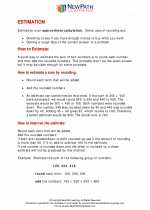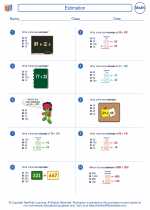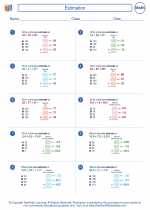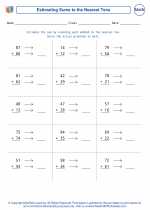Solar Calendar
A solar calendar is a calendar system based on the Earth's position relative to the sun. It is designed to keep in sync with the astronomical seasons by following the Earth's solar year, which is approximately 365.24 days long.
Key Features of a Solar Calendar
- Year Length: The solar calendar divides the year into 12 months, with some months having 30 days and others 31. An extra day is added to February in leap years to account for the extra 0.24 days in the solar year.
- Seasonal Alignment: The solar calendar is designed to align with the astronomical seasons, ensuring that the start of each season (spring, summer, fall, and winter) occurs at the same time each year.
- Leap Years: To account for the extra 0.24 days in the solar year, a leap year is introduced approximately every four years, adding an extra day to the month of February.
Examples of Solar Calendars
Some examples of solar calendars used around the world include:
- Gregorian Calendar: The most widely used calendar today, the Gregorian calendar is a solar calendar introduced by Pope Gregory XIII in 1582. It is used by most of the world for civil purposes.
- Julian Calendar: The predecessor to the Gregorian calendar, the Julian calendar is also a solar calendar. It was used in the Roman Empire and gradually replaced by the Gregorian calendar.
- Hebrew Calendar: The Hebrew calendar is a lunisolar calendar, incorporating elements of both the solar and lunar calendars. It is used for religious purposes in Judaism.
Study Tips
When studying the solar calendar, consider the following tips:
- Understand the Year Length: Familiarize yourself with the concept of leap years and how they affect the length of the solar year.
- Compare with Other Calendar Systems: Compare the solar calendar to other calendar systems, such as the lunar calendar and lunisolar calendar, to understand their differences and similarities.
- Explore Historical Context: Research the historical development of solar calendars and their impact on societies throughout history.
By understanding the principles of the solar calendar and its role in timekeeping, you can gain a deeper appreciation for how humans have organized their lives around the cycles of the sun.
.◂Math Worksheets and Study Guides Fifth Grade. Estimation
Study Guide Estimation
Estimation  Worksheet/Answer key
Worksheet/Answer key Estimation
Estimation  Worksheet/Answer key
Worksheet/Answer key Estimation
Estimation  Worksheet/Answer key
Worksheet/Answer key Estimation
Estimation  Worksheet/Answer key
Worksheet/Answer key Estimating to the Nearest Tens
Estimating to the Nearest Tens 

 Worksheet/Answer key
Worksheet/Answer key
 Worksheet/Answer key
Worksheet/Answer key
 Worksheet/Answer key
Worksheet/Answer key
 Worksheet/Answer key
Worksheet/Answer key

The resources above cover the following skills:
Algebra (NCTM)
Use mathematical models to represent and understand quantitative relationships.
Model problem situations with objects and use representations such as graphs, tables, and equations to draw conclusions.